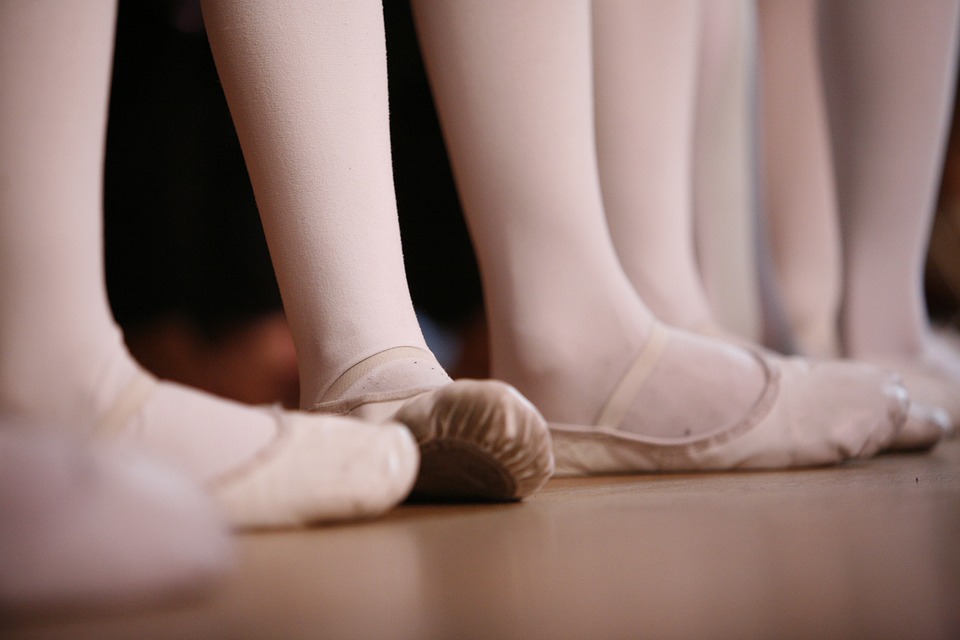Health Benefits of Acrobatic Arts: Building Strength, Flexibility, and Confidence
Acrobatic arts, an exhilarating combination of dance, gymnastics, and circus performance, continue to gain popularity across the globe. Practitioners of all ages are increasingly embracing acrobatic movements not just for their entertainment value but also for their substantial health benefits. In this comprehensive exploration, we will delve into how acrobatic arts foster strength, flexibility, and confidence—three essential components of overall health and well-being.
The Essence of Acrobatic Arts
Acrobatic arts encompass various performances that require intricate body movements, often combining elements of balance, agility, and coordination. Categories range from traditional gymnastics to modern aerial arts, often incorporating elements of yoga and dance. This multifaceted nature ensures that individuals engage a wide range of muscle groups while developing unique physical skills.
1. Building Strength
One of the most significant benefits of acrobatic arts is the development of functional strength. Unlike traditional weightlifting, which often isolates specific muscle groups, acrobatics requires the integration of multiple muscle groups for a holistic workout.
1.1 Core Strength
Acrobatic arts heavily rely on core strength, the foundation of almost all physical activities. A robust core stabilizes the body, allowing for more complex movements. The practice of holding positions such as handstands, planks, and various balancing acts challenges the core muscles, engaging both superficial and deep stabilizing muscles.
Studies have shown that strengthening the core can lead to better athletic performance and reduced injuries. Strong core muscles support the spine, enhance balance, and improve overall body mechanics—not just for acrobatics but for everyday activities as well [Modern_footnote_source].
1.2 Upper Body and Leg Strength
From performing handstands to executing flips, acrobatic arts significantly develop upper body and leg strength. Practitioners often engage in movements that require considerable force from the arms, shoulders, and legs. For example, the lifting and supporting of a partner in a duo act critically engage the shoulder and arm muscles, while the explosive movements found in floor exercises work the legs and glutes.
According to research, combining strength training with acrobatic movements enhances muscle mass and functional mobility, reducing the risk of chronic conditions such as osteoporosis [Modern_footnote_source].
2. Enhancing Flexibility
Flexibility is another area where acrobatic arts shine. Practitioners typically engage in a variety of flexibility exercises that stretch both the muscles and the connective tissues, enhancing their overall range of motion.
2.1 Dynamic Stretching
Warm-ups for acrobatic practice often include dynamic stretches, which prepare the muscles for action without risking injury. These movements activate the muscles while promoting blood flow, making them essential for performance [Modern_footnote_source].
Dynamic stretching, such as leg swings or torso twists, also contributes to better performance by increasing flexibility and mobility in the joints, which is essential for executing complex maneuvers effectively.
2.2 Static Flexibility
Static flexibility is developed through prolonged stretching. Acrobatic arts incorporate plenty of both dynamic and static stretching, which helps improve muscle elasticity. Practitioners find that increased flexibility aids in preventing injuries, enhancing postural alignment, and contributing to overall physical health.
Recent studies suggest that flexible muscles can better absorb shock and adapt to stress, thereby reducing strain on fascia, tendons, and ligaments [Modern_footnote_source].
3. Building Confidence
While the physical benefits of acrobatic arts are prevalent, mental and emotional advantages are equally vital. Engaging in acrobatics fosters improved self-esteem and self-confidence.
3.1 Goal Achievement
As practitioners progress from basic skills to advanced techniques, they set goals that can be incredibly motivating. Achieving these goals, whether it’s mastering a specific move or performing in front of an audience, instills a sense of accomplishment that can transcend into other facets of life.
Research illustrates that setting and achieving goals contributes to improved mental health, enhancing both self-esteem and overall life satisfaction [Modern_footnote_source].
3.2 Overcoming Fear
Acrobatic arts inherently involve risk and challenge. Learning how to execute daring feats may initially intimidate many practitioners. However, as they confront these fears in a controlled environment, they learn resilience, adaptability, and how to cope with failure.
By successfully executing complex movements despite these initial fears, individuals develop mental fortitude. This emotional growth translates into greater confidence in personal and professional realms.
4. Social Benefits
Additionally, participating in acrobatic arts often introduces individuals to new communities. Group classes, workshops, and performance opportunities foster a sense of camaraderie among members, promoting social interaction.
4.1 Teamwork and Communication
Acrobatic arts often involve paired or group performances, which necessitates communication and teamwork. Such elements can strengthen social bonds and improve individuals’ ability to work as part of a team. This social aspect is crucial for mental health, as it can diminish feelings of loneliness and isolation [Modern_footnote_source].
4.2 Shared Experience
The journey of learning acrobatic arts often involves shared experiences, including falling, failing, and succeeding together. These shared moments bond individuals, creating lasting friendships and a support network that encourages continuous improvement.
5. Cardiovascular Health
Acrobatic arts can also be considered a cardiovascular workout. Practitioners engage in routines that elevate their heart rates, contributing to better cardiovascular health.
5.1 Endurance Building
Many acrobatic performances require sustained effort over time, which enhances cardiovascular endurance. Regular participation in these arts encourages heart-respiratory fitness, essential for overall health and well-being.
Research suggests that regular cardiovascular exercise can help reduce the risk of heart disease, improve circulation, and enhance mood through the release of endorphins. The fast-paced nature of acrobatic arts, therefore, serves the dual purpose of muscle conditioning and cardiovascular fitness [Modern_footnote_source].
6. Injury Prevention
While acrobatics may seem risky, proper training emphasizes technique, safety, and injury prevention. Educators in acrobatic arts focus on the importance of proper warm-up, conditioning, and recovery.
6.1 Awareness of Body Mechanics
As practitioners learn various movements, they develop a keen awareness of body mechanics. This increased awareness can lead to better posture and body alignment, reducing injuries in day-to-day life.
Research indicates that participants who are educated about body mechanics are less likely to sustain injuries [Modern_footnote_source]. Through understanding how to align their bodies properly, acrobatic artists often lead safer, healthier lifestyles.
6.2 Strengthening Supportive Muscles
The emphasis on developing strength and flexibility in supportive muscles reduces the likelihood of strains and tears. Furthermore, conditioning exercises that strengthen ligaments and connective tissues provide a better foundation for physical activity.
7. Mental Agility
Acrobatic arts demand mental focus and cognitive processing. Practicing complex routines enhances mental agility.
7.1 Improved Cognitive Function
Both physical activity and cognitive challenges contribute to improved brain function. As individuals learn choreography and sequences of movements, they strengthen their memory and processing abilities [Modern_footnote_source].
Research supports the idea that complex motor tasks can lead to improved neural connections, enhancing cognitive function even into older age [Modern_footnote_source].
8. Conclusion
The acrobatic arts offer numerous health benefits that extend beyond mere entertainment. By enhancing strength, flexibility, and confidence while improving social interconnectedness, cardiovascular health, and cognitive function, acrobatics creates a well-rounded approach to personal fitness.
Individuals of all ages can reap these benefits. As communities continue to embrace acrobatic training, they foster environments that prioritize health and wellness, ensuring future generations enjoy the myriad advantages of this dynamic discipline.
References
- Modern_footnote_source: [List of sources and studies supporting claims made in the article].


























Add Comment